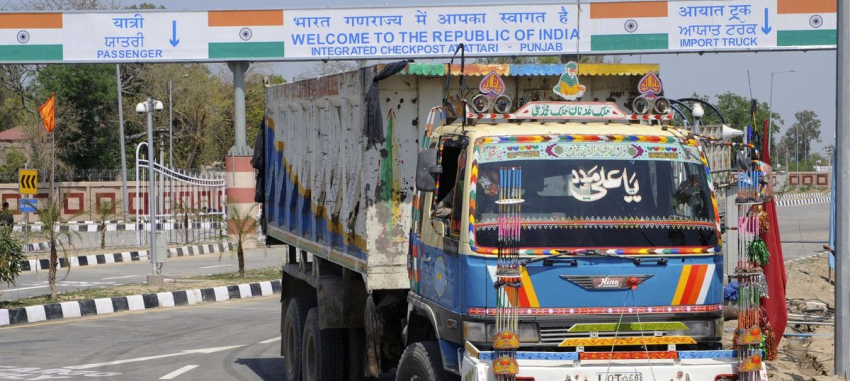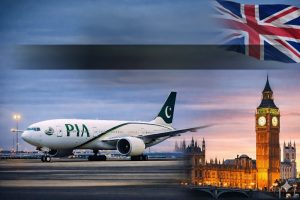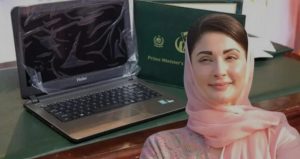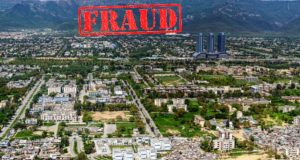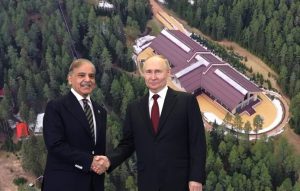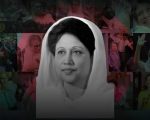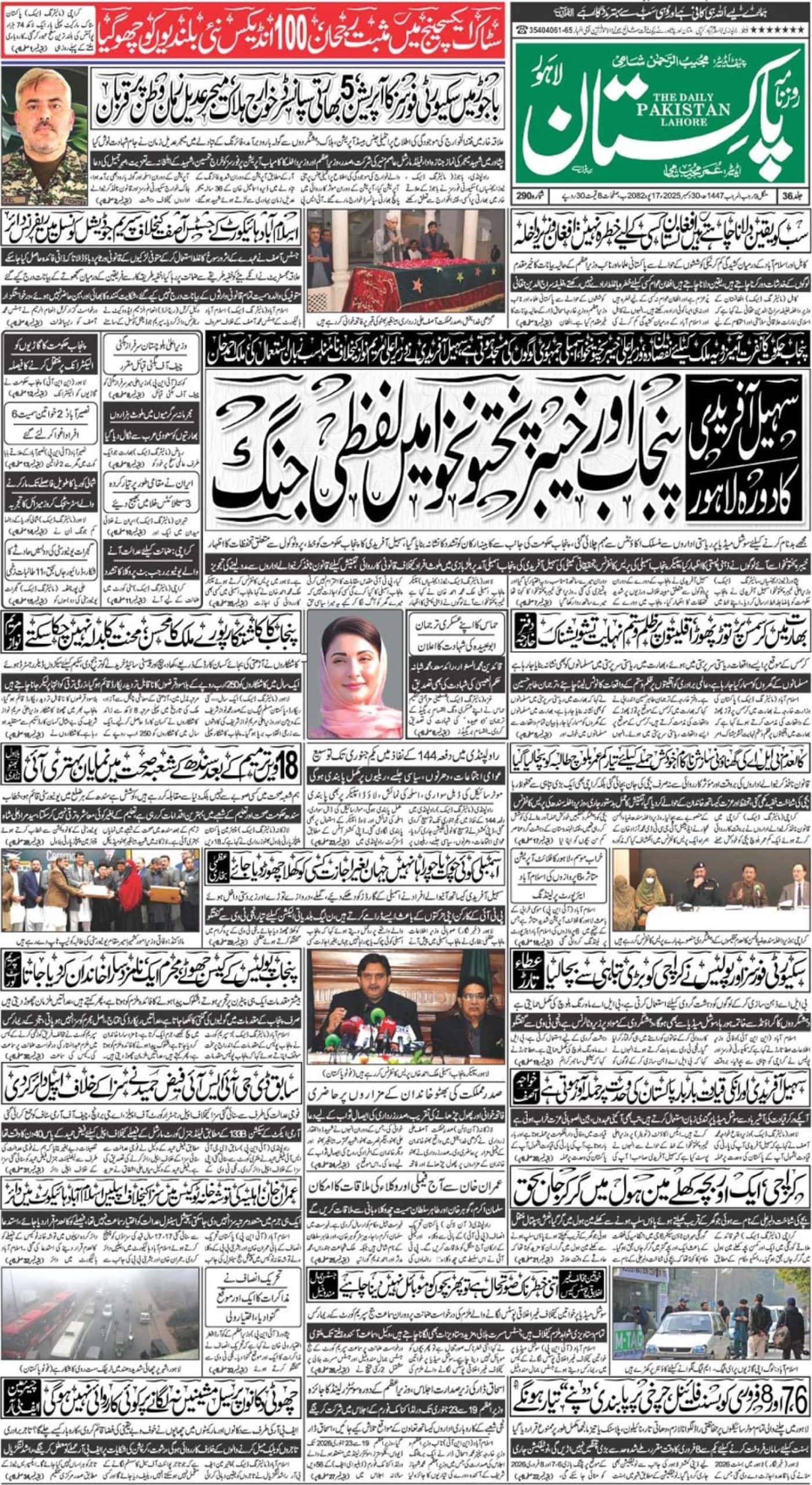WASHINGTON – A World Bank report has highlighted that the trade between Pakistan and India is worth a little over $2 billion, though it could be as high as $37bn.
The report, “Glass Half Full: Promise of Regional Trade in South Asia”, released on Wednesday says the current trade between the two countries is much below its full potential but could only be harnessed if both countries agreed to scrap artificial barriers.
It also mentions four of the critical barriers to effective integration as tariff and para-tariff barriers to trade, complicated and non-transparent non-tariff measures, a disproportionately high cost of trade, and trust deficit.
The bank also estimated Pakistan’s potential trade with South Asia at $39.7bn against the actual current trade of $5.1bn.
Highlighting the main points of the report, lead economist and author of the document, Sanjay Kathuria told newsmen that it was his belief that trust promotes trade, and trade fosters trust, interdependency and constituencies for peace.
“In this context, the opening of the Kartarpur corridor by governments of Pakistan and India would help minimise trust deficit,” he added.
Kathuria said such [Kartarpur corridor] steps will boost trust between the two countries suggesting that the two countries should start with specific products facilitation in the first phase.
“Pakistan had least air connectivity with South Asian countries, especially India. Pakistan has only six weekly flights each with India and Afghanistan, 10 each with Sri Lanka and Bangladesh and only one with Nepal, but no flight with the Maldives and Bhutan,” he observed.
Drawing a comparison, the WB official said India has 147 weekly flights with Sri Lanka, followed by 67 with Bangladesh, 32 with the Maldives, 71 with Nepal, 22 with Afghanistan and 23 with Bhutan.
Recommendations
The report recommends ending sensitive lists and para tariffs to enable real progress on the South Asia Free Trade Agreement (Safta) and stresses a multi-pronged strategy to remove non-tariff barriers, focusing on information flows, procedures, and infrastructure.
“Reducing policy barriers, such as eliminating the restrictions on trade at the Wagah-Attari border, or aiming for seamless, electronic data interchange at border crossings, will be major steps towards reducing the very high costs of trade between Pakistan and India,” Kathuria asserted.
The official contended that the costs of trade are much higher within South Asia compared to other regions and the average tariff in South Asia is more than double the world average.
He says in Pakistan, nearly 20pc of its imports from, and 39pc of its exports to, South Asia fall under sensitive lists – goods that are not offered concessional tariffs under Safta.
World Bank Country Director for Pakistan Illango Patchamuthu said Pakistan is sitting on a huge trade potential that remains largely untapped.
“A favorable trading regime that reduces the high costs and removes barriers can boost investment opportunities that are critically required for accelerating growth in the country,” he said.
World Bank’s Director Macroeconomics, Trade and Investment Caroline Freund said Pakistan’s frequent use of tariffs to curb imports or protect local firms increases the prices of hundreds of consumer goods, such as eggs, paper and bicycles.
“Pakistan needs to promote export promotion policies to ensure sustainable growth,” Freund added.

